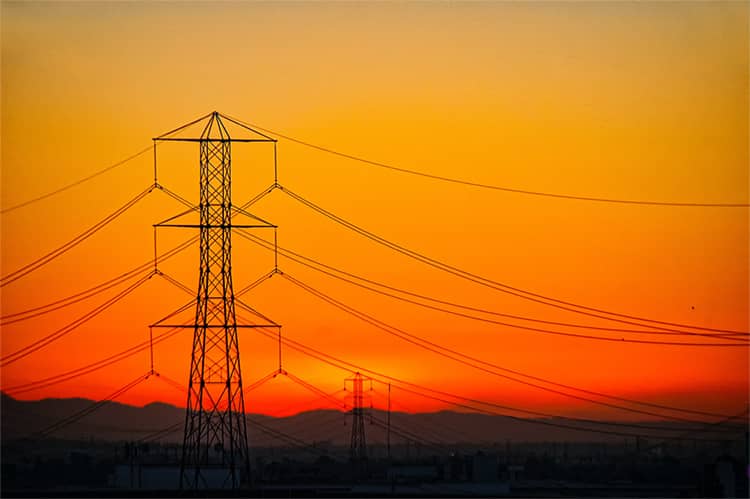Discover energy
Discover energy
We are suppliers of clean and environmentally-friendly multi-energy.

What is an electrical substation?
Transformation, transmission, and distribution of electricity
Electricity reaches everywhere from towns and big cities to the mountains, deserts, and offshore platforms. And all of that is possible thanks to the distribution grid, power lines, and electrical transformer substations.
The so-called power transmission lines or high-voltage lines transfer electricity from a power plant or generator park to a grid that distributes the power regionally. And here is where electrical substations enter into play.
What is an electrical substation?
An electrical substation is an installation designed to establish suitable voltage levels for producing, converting, regulating, and distributing electricity.
Normally, they are located on the periphery of consumption areas, inside or outside buildings to save space, although they are also found near power plants, on the outskirts of urban centers with outdoor installations.
The main difference we find between a transformer station and an electrical substation is the magnitude of the installations. While transformer stations are linked to high/medium-voltage transmission systems, electrical substations are designed to support and transform lower voltages.
Functioning of an electrical substation
Parts of an electrical substation
Types of electrical substations
Discover energy
We are suppliers of clean and environmentally-friendly multi-energy.

All about electricity
Types, advantages, and main applications